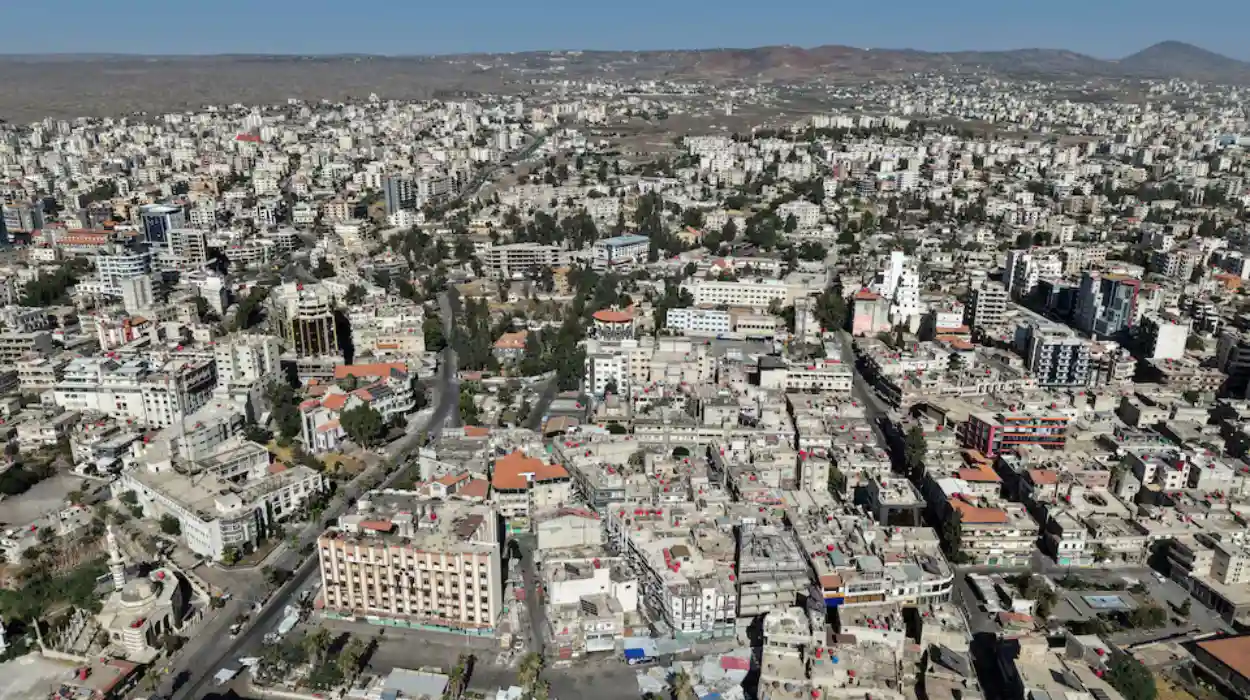
Damascus (Brussels Morning Newspaper) – Personnel from Syria’s internal security forces in Sweida, attacked by armed groups, resulting in one death and multiple wounds. They also fired shells at several villages in the southern province, according to state-run Ekhbariya TV on Sunday.
A security source reported that armed groups violated the ceasefire in the predominantly Druze area, where factional violence last month resulted in hundreds of deaths.
The massacre in Sweida last month represented a considerable headache for interim President Ahmed al-Sharaa, after a front of sectarian violence in March that claimed the lives of several hundred residents who were Alawites, in the coastal zone.
What triggered the latest violence in the Sweida province?
On July 13, 2025, civil unrest erupted in Sweida, southern Syria, as fighters from competing factions of Druze and Bedouin tribes began clashing against each other. The conflict began after successive retaliatory kidnappings and counter-kidappings that began with the Bedouin attack against a Druze merchant on July 11.
In revenge for the initial armed attack, armed Druze factions initiated a series of kidnappings of sought retribution against Bedouin kidnappings, and the conflict quickly escalated to fulfill scale of violence that developed into a violent armed conflict throughout Sweida and into surrounding administrative villages.
The Druze are a minority sect of Islam with members in Syria, Lebanon, and Israel. Sweida province is majority Druze with Sunni tribes, hence there have historically been tensions over land and resources.
How successful was the ceasefire that the U.S. brokered?
A U.S.-mediated ceasefire was agreed, which concluded the fighting in Sweida city and surrounding areas after almost a week of intense fighting that commenced on or about July 13, 2025. The ceasefire included an agreement for the removal of all armed tribal (or tribal affiliated) fighters out of Sweida and the removal of Syrian government security forces out of Sweida, among other provisions for the exchange of prisoners, and deliveries of humanitarian assistance.
The ceasefire contributed to setting in place a somewhat fragile calm in the province after also very public conflict resulting in more than 1,120 deaths, and significant displacements of persons, especially Arab Sunni Bedouin families from the area, fleeing to other areas nearby.



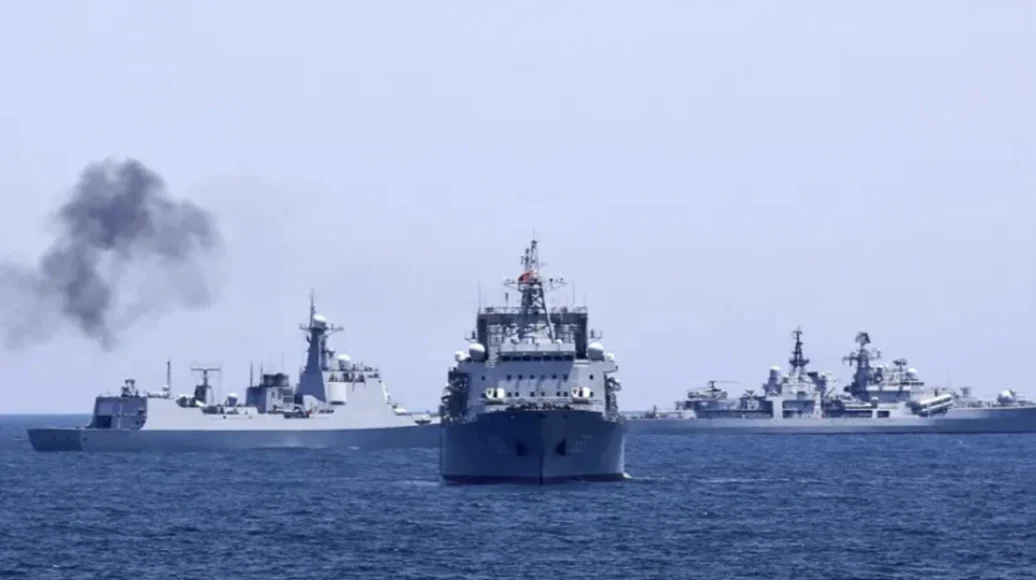

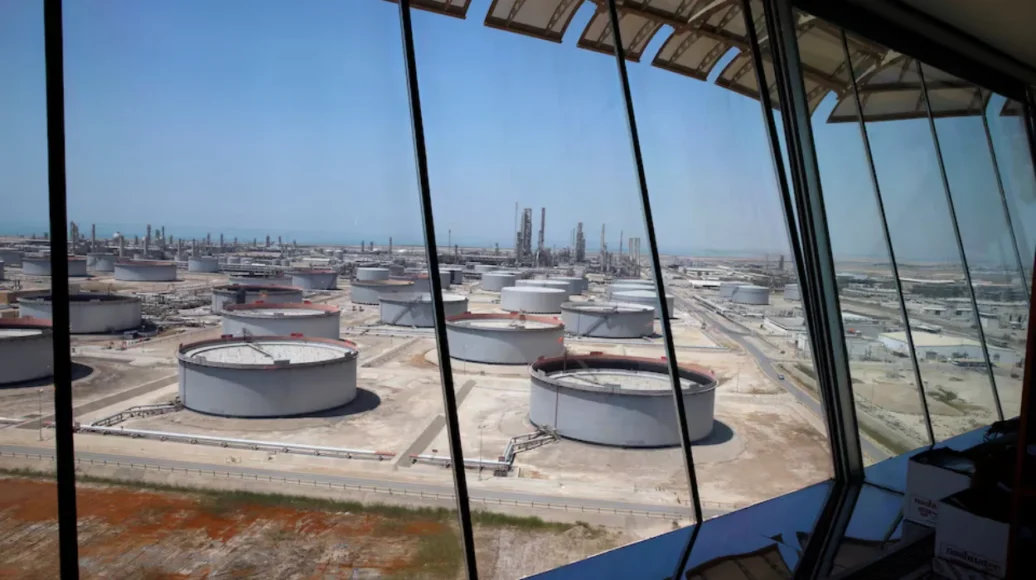

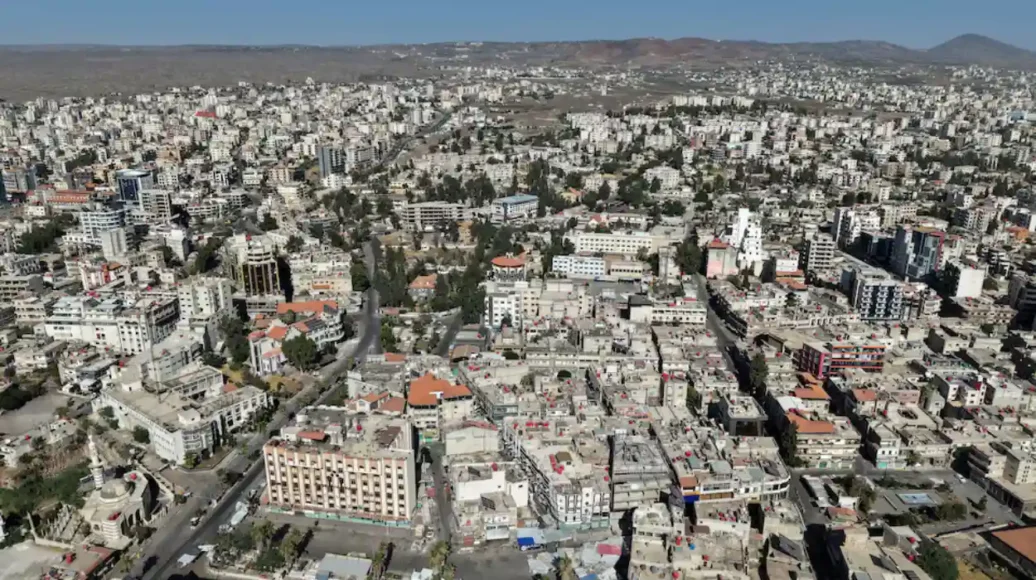

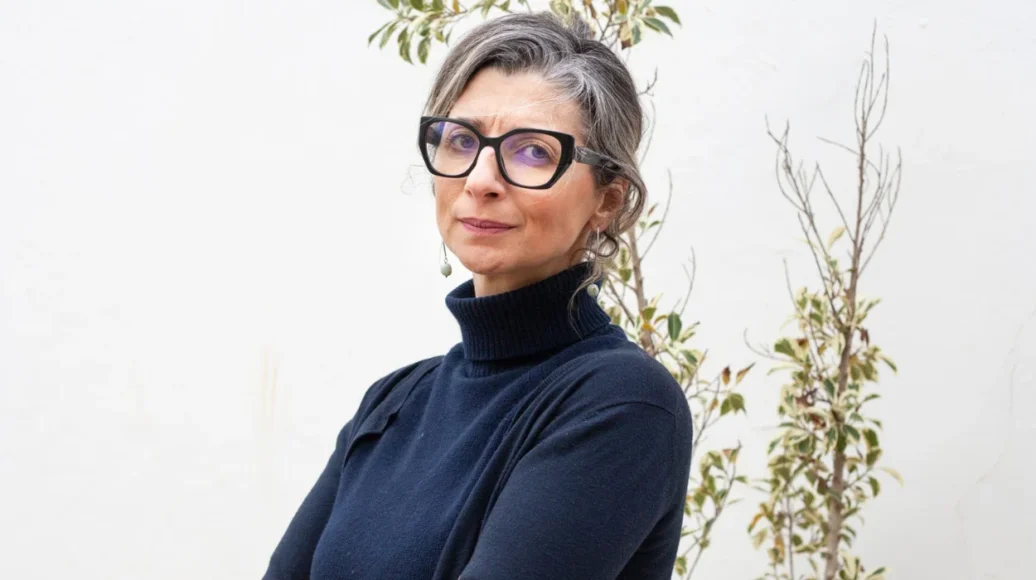
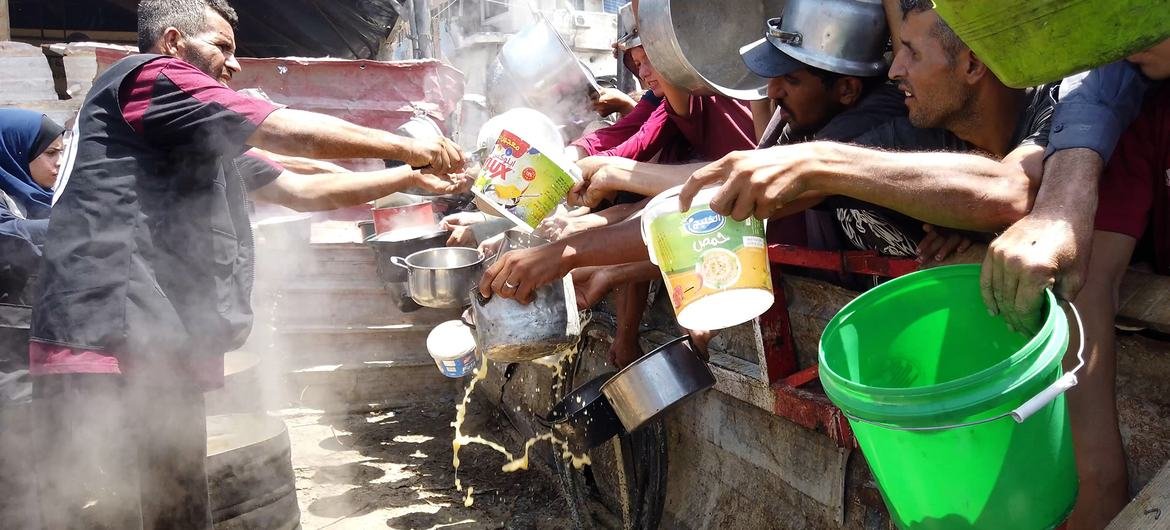


Leave a Reply